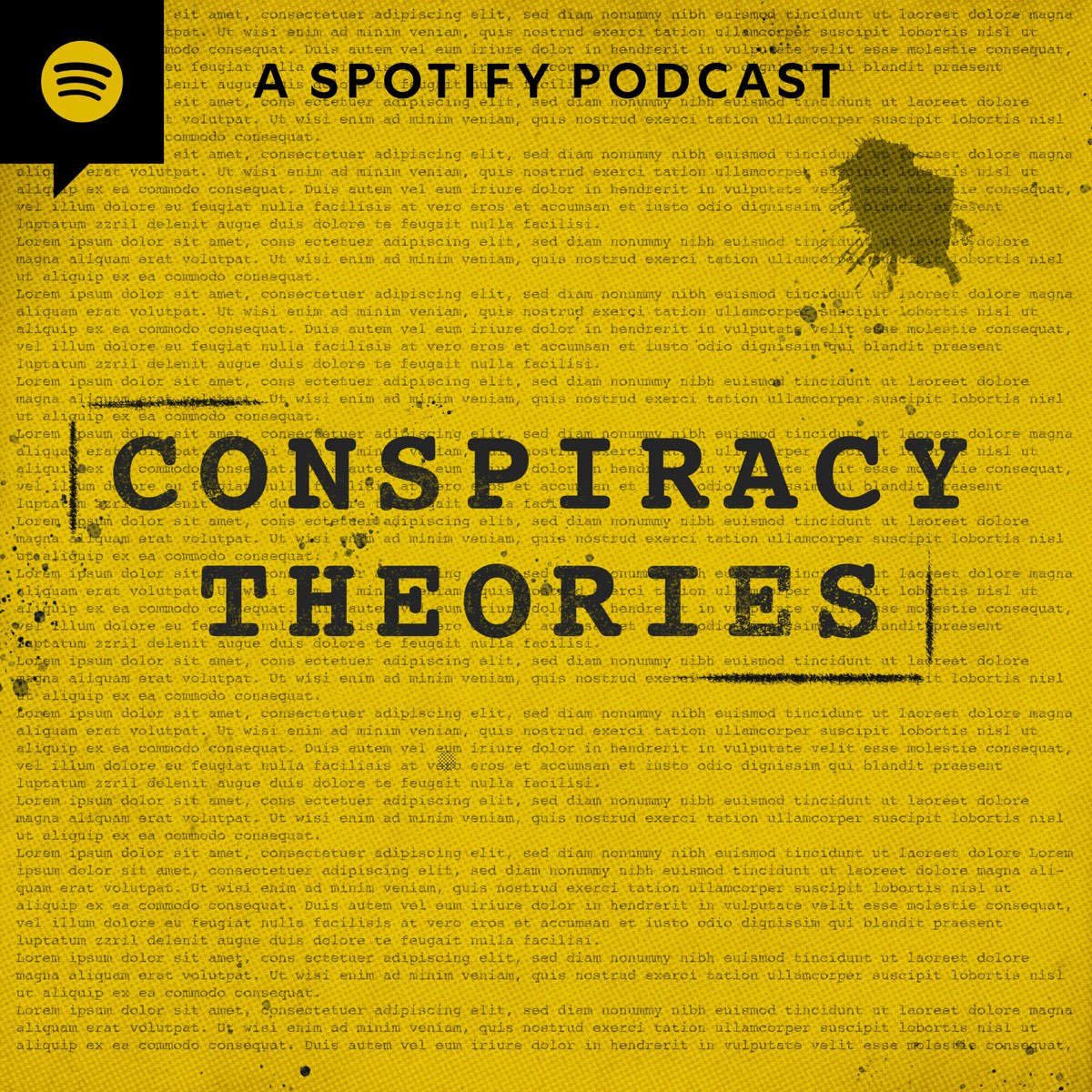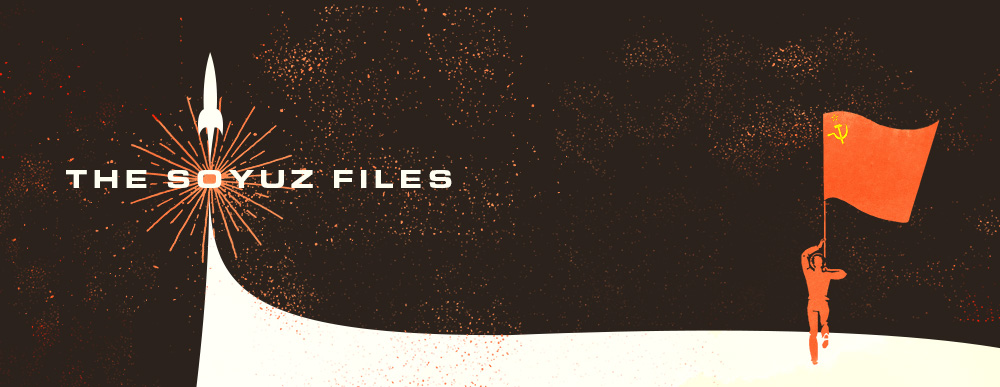Part I
Podcasting
Serial Killers

A global top-10 show that’s been appointment listening for millions of listeners for over seven years, Serial Killers is an in-depth narrative of the psychology and history behind the world’s most infamous murderers.
As post-production supervisor at Spotify Studios, I helped steer the show through a major visual and editorial evolution, overseeing the full production pipeline from recording to release. I directed recording sessions, edited and mixed dozens of episodes, refined the sound design to sharpen pacing and tone, and developed templates and workflows that brought consistency to a high-volume schedule — all while ensuring each episode still felt distinct and impactful.
Case Studies
The Railway Revenge Killer
In mixing my first Serial Killers episode, I felt a sense of responsibility to uphold the knife-edge tension and relentless pace that defines the show.
For this story about a railroad worker who methodically assassinates his enemies, I blended the chaotic soundscapes of busy railyards — shrieking metal and hissing steam — with music cues featuring high, wailing strings and synths. The intent was to fray nerves and imbue the story with the unease and confusion felt at the time.
The Eleven Who Went to Heaven
This two-part episode covered the confessions of Ed Bell, a drifter and predator who claimed responsibility for the deaths of eleven young women along the Texas Gulf Coast in the 1970s. The story moved between the brutality of the crimes and the long, unresolved ache of the families left behind.
I shaped the sound around that tension — between horror and aftermath. The score leaned modern and restrained: ambient textures, pulsing synths, and slow, unresolved progressions that suggested grief more than fear. Unlike stories driven by chase or confrontation, this one lingered. So the pacing was quieter, more deliberate. The music didn’t build to release — it hovered, haunted, and gave weight to what was lost. The goal was not to sensationalize, but to give space to absence.
The Rugeley Poisoner
Music carries much of the weight for Serial Killers’ serious and grounded tone. For this two-part story about William Palmer — the Victorian doctor whose patients had a habit of dying painfully and profitably — I leaned into the show’s additional capacity for dark theatricality. Set more than a century ago, the distance from the present allowed for a tone that nodded toward Sweeney Todd and the Grand Guignol: sinister, stylized, and just a little indulgent.
I built the mix around a palette of creeping strings, warbling pianos, and occasional flourishes that verged on the macabre. The pacing still needed to be taut, but with enough space to let the atmosphere bloom — like poison spreading through a system. The result was a story that felt both of its time and strangely timeless: unsettling, a bit decadent, and exactly as nasty as it needed to be.
Conspiracy Theories

With over 250,000 streams in 2024, Conspiracy Theories stands as one of the most popular podcasts in its genre — balancing real historical conspiracies with those that are more speculative, strange, and culturally sticky.
The tone shifts from episode to episode: sometimes surreal and playful, sometimes grounded in tragedy, sometimes brushing up against genuinely unsettling ideas. My sound design adapted accordingly, tailoring the mix to support each story’s emotional center without overwhelming it. The goal was to create a listening experience that felt composed, credible, and just slightly off-balance. Like something important was being left unsaid.
Case Studies
What's Hiding in The Wizard of Oz?
My first Conspiracy Theories episode as sound designer had complex tonal shifts and a wry sense of humor. I found several opportunities to evoke classic film scores from the The Wizard of Oz’s era.
The orchestral music underlined the grim speculation of on-set suicide, illuminated the abuse that Judy Garland suffered at the hands of the film’s producers, and heightened the surreal theory that the Munchkins later became Willy Wonka’s Oompa-Loompas.
Exeter Incident
John Williams’s score for Close Encounters of the Third Kind, with its atonal clusters of foreboding chords that suddenly resolve into ecstatic harmony, was a major inspiration for this episode’s mix.
The awestruck terror of witnessing the unimaginable, the paranoia of authorities scrambling to stay ahead of public panic, judicious use of dead-air silence — this episode’s sonic palette was very exciting to explore.
The Soyuz Files
What if the United States lost the space race and the Soviets landed on the moon first?
The Soyuz Files is an alternate history audio drama podcast I wrote and produced. The story follows Jack Schechter, a dogged journalist who unravels a vast conspiracy, and goes deep into the USSR to uncover the truth. Listen to the first part of the series here:
The Soyuz Files was featured on Planetary Radio, produced by Bill Nye and aired on Southern California’s KPCC.
To hear the series and see the full multimedia project, visit soyuzfiles.com. Or subscribe wherever you get your podcasts.

